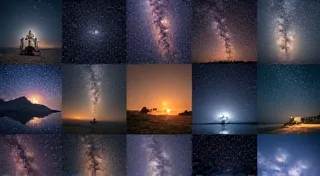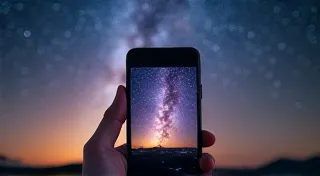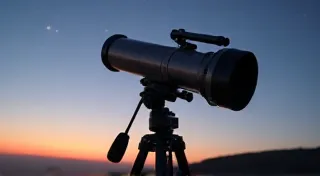Astrophotography Etiquette: Respecting Dark Skies and Fellow Photographers
Astrophotography, the captivating art of capturing the wonders of the night sky, is a rewarding pursuit. But with that reward comes a responsibility – to protect dark skies, respect the environment, and foster a positive community amongst fellow enthusiasts. This article outlines key etiquette guidelines for astrophotographers, ensuring we can all continue to enjoy and share the beauty of the cosmos. For those just starting out, getting the right equipment is crucial, and exploring resources like guides on Essential Astrophotography Equipment for Beginners can be a fantastic first step.
Protecting Dark Skies: A Shared Responsibility
Light pollution is a significant threat to both astronomical observation and astrophotography. Excessive artificial light washes out the night sky, making it difficult to see fainter celestial objects. As astrophotographers, we have a unique perspective on the impact of light pollution, and we can play a proactive role in mitigating it. The impact is such that it can really affect the kinds of images you can capture; understanding the equipment needed to overcome these challenges is a crucial aspect of the hobby.
- Minimize Light Output: Use red-filtered lights (flashlights, headlamps) when working outdoors at night. Red light preserves your night vision and avoids disrupting the vision of others. It's a small change with a significant impact.
- Shield Lights: If using lights for setup or navigation, ensure they are fully shielded, directing light downwards and preventing upward spill. Consider the light spill as you plan your shoots.
- Support Dark Sky Initiatives: Educate yourself about local dark sky preservation efforts and consider supporting organizations working to reduce light pollution. These efforts are vital to maintaining the beauty we strive to capture.
- Be Mindful of Location Choice: When possible, choose shooting locations away from heavily lit areas. This often requires a bit of travel, but the reward is a vastly improved view of the night sky.
Image 1: A wide-angle view of a dark, rural landscape under a brilliant Milky Way. A single astrophotographer stands silhouetted against the sky, focused on their equipment. The scene emphasizes the importance of dark skies.
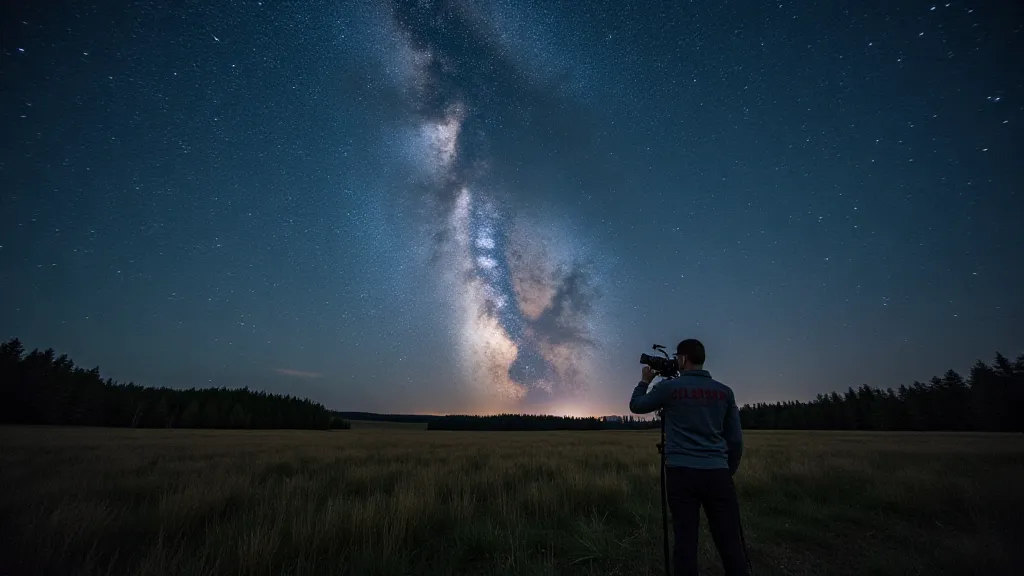
Respecting Your Fellow Astrophotographers
Astrophotography often involves sharing locations and experiences. Being courteous and considerate of others is crucial for a positive community. Choosing the right camera for the job is key to a successful shoot. Photographers often grapple with the question of DSLRs versus mirrorless or dedicated astro cameras. Resources like Choosing Your First Astrophotography Camera: DSLRs vs. Mirrorless vs. Dedicated Astro Cameras offer detailed comparisons to help navigate this decision.
- Claim Your Space: If you’ve chosen a spot, make sure it's clear you're using it. A small sign or a polite conversation can prevent misunderstandings. Communication is vital.
- Noise Levels: Be mindful of noise, especially during long exposures. Loud talking, music, or vehicle operation can disrupt others. Silence is golden – and essential.
- Equipment Awareness: Be careful not to trip over or bump into other photographers’ equipment. Respect personal space and gear.
- Share the View: If you're at a popular location, consider sharing the view and offering assistance to those who need it. Collaboration makes the experience richer for everyone.
- Communicate: If you’re planning a group outing, let others know to avoid overcrowding and potential conflicts. Coordination is key.
Respecting the Environment
Many astrophotography locations are in remote and ecologically sensitive areas. It’s vital to minimize our impact on the environment. The beauty we capture is inextricably linked to the health of these ecosystems. Capturing the fleeting beauty of nebulae can be particularly challenging, and requires a deep appreciation for the delicate balance of the natural world. Exploring subjects like Ephemeral Bloom: Capturing the Transient Beauty of Nebulae can enhance this appreciation.
- Leave No Trace: Pack out everything you pack in. Don’t leave trash, food scraps, or equipment behind. What goes in, must come out.
- Stay on Marked Trails: Avoid trampling vegetation or disturbing wildlife. Stick to designated paths.
- Protect Sensitive Areas: Be especially careful in areas with fragile ecosystems, such as deserts or alpine regions. Tread lightly.
- Respect Wildlife: Observe wildlife from a safe distance and avoid disturbing their habitats. Let them be.
Image 2: A close-up of a field of wildflowers bathed in the faint glow of the Milky Way. A photographer is carefully positioning their tripod to avoid trampling the delicate blooms. The image highlights the importance of respecting fragile ecosystems.
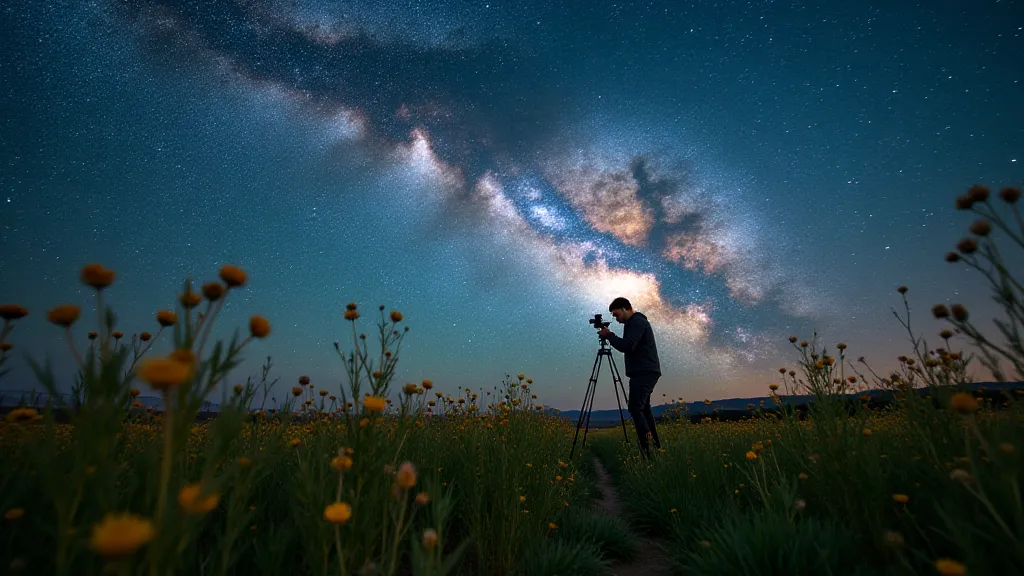
Sharing Your Work with Consideration
Sharing your astrophotography images is a great way to inspire others and contribute to the community. However, it's important to do so responsibly. The art of processing astrophotography images to reveal the breathtaking detail hidden within the data is a journey in itself, requiring thoughtful consideration and transparency.
- Acknowledge Locations: When sharing images online, consider mentioning the location, as it helps others discover and appreciate these places. Be mindful of privacy and avoid disclosing overly specific details that could lead to overcrowding or disturbance. Share responsibly.
- Be Transparent About Processing: While image processing is an integral part of astrophotography, be upfront about the techniques you’re using. Honesty builds trust and allows others to learn from your experience. Transparency fosters learning.
- Respect Copyright: If using other people's images or data, always give proper credit and respect copyright laws. Give credit where it’s due.
Image 3: A view of a group of astrophotographers huddled around a laptop, sharing images and discussing techniques. The atmosphere is collaborative and supportive. The image emphasizes the importance of community and shared learning.
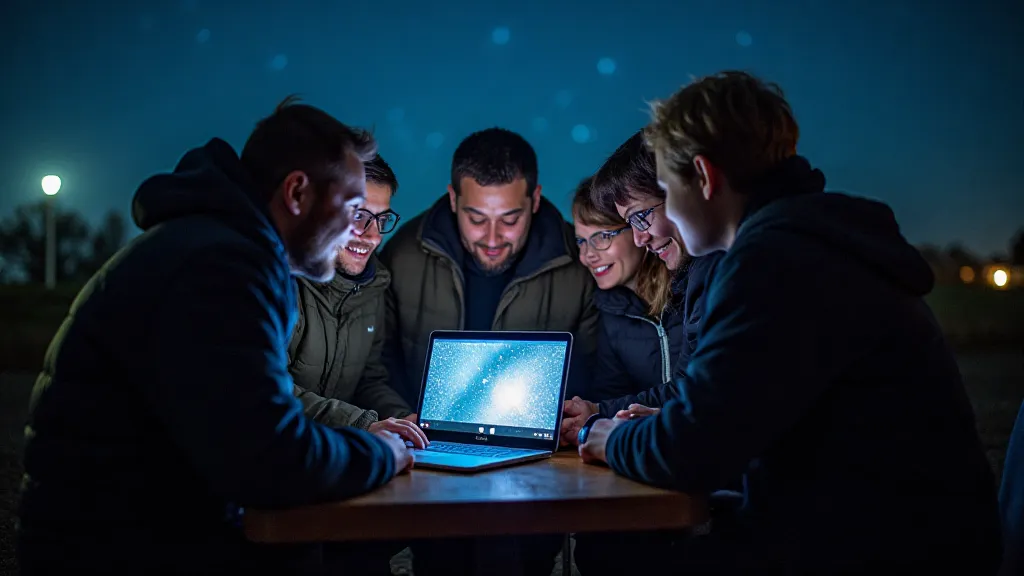
Beyond simple etiquette, understanding the science behind capturing these stunning images deepens the experience. The quest for dark, pristine skies is a constant challenge, requiring careful planning and a deep appreciation for the natural world. Learning about the “silent echoes” of the galactic background adds another layer of understanding to this incredible hobby. The narrative these images tell is a testament to the beauty and vastness of the universe, and our responsibility to preserve it for future generations.
By following these simple guidelines, we can ensure that astrophotography remains a rewarding and sustainable pursuit for generations to come. Let’s work together to protect our dark skies, respect our fellow enthusiasts, and celebrate the beauty of the universe.
